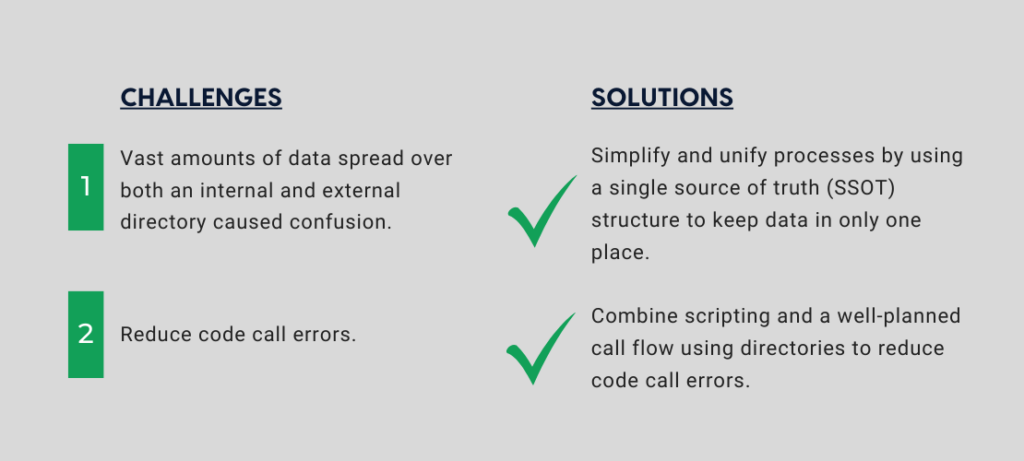Ephraim McDowell Health in Danville, Kentucky, is named after Ephraim McDowell, an American physician, a founding father of abdominal surgery, and the first person to successfully remove an ovarian tumor. McDowell settled in Danville in 1795 after returning from his studies in Scotland and began his practice as a surgeon.
Today, the Ephraim McDowell Health system serves more than 119,000 residents in central Kentucky. This award-winning and historic nonprofit health system provides a full array of services via three hospitals. The Ephraim McDowell Regional Medical Center in Danville is the 222-bed licensed flagship hospital and has been serving the community from its current location since 1918. It has been named one of the 100 Greatest Community Hospitals in America.
The other two hospitals that comprise the system are Ephraim McDowell Fort Logan Hospital in Stanford, a 25-bed critical access hospital that joined the health system in 2001, and Ephraim McDowell James B. Haggin Hospital in Harrodsburg, a 25-bed critical access hospital that entered the system in 2017.
The Path to Amtelco
In healthcare, getting the right message to the right person at the right time can be lifesaving. Critical contact information must be correct and easily accessible so operators can help medical staff provide the best patient care. An effective directory should provide the following:
- Operator and web-based access to all personnel directory information.
- Enhanced visual display with graphics and web content.
- Single point of entry for all directory, contact, and on-call information, using a single source of truth (SSOT) structure to keep data in only one place. Any edits to the data are made at the “source of truth” location to ensure those updates propagate to the entire system without duplication.
- Unlimited expansion capabilities.
- Easy import of data to directories to minimize time spent on data entry.

When Ephraim McDowell Health experienced an unsuccessful call center upgrade with another vendor, they contacted Amtelco to discuss the project. Within that same year, they were able to go live with Amtelco’s contact center software. “Due to the failed project earlier in the year, much of our directory data was already gathered in spreadsheets, which saved us a lot of time for the project with Amtelco. Switching to a new system in just over four months isn’t a typical time frame. We had done a substantial amount of prep work to get our data ready for import,” said Jennie McWhorter, IS Operations Manager for Ephraim McDowell Health.
Directory Build
Ephraim McDowell Health chose to build three directories: a Code Directory, the Main Directory, and a Patient Directory because leadership decided that fewer directories would be easier to maintain. Access to edit directories is restricted to the manager and supervisor. Agents send emails to both the manager and supervisor to request edits.
Jennie stated, “We also developed an internal process that ensures all new associates are added, and all departing associates are removed. Our IT Help Desk added a task list to their desk tickets that includes steps to add or remove personnel to our directory. This is keeping the directory as clean as possible. It is very easy to get an abundance of inactive employees in your directory and can quickly get to the point where it takes a long time to clean it up. I’m proud that we have refined that process so nothing gets overlooked.”

The contact center software can be customized so the directories and other useful information are displayed in color-coded tabs at the top of an operator’s screen. Graphics, tables, and links to web content and PDFs are often included for ease of use.
Reducing Code Call Errors
A combination of scripting and a well-planned call flow using the code directory helps to reduce code call errors. Ashley Banuelos, PBX Supervisor for Ephraim McDowell Health, said, “Amtelco created scripts for us to build our codes. The directory walks our operators through each step of how to handle codes, whether it’s sending a group page, doing an overhead, texting the on-call providers and teams, or making individual calls.” This simplified process also reduces the stress operators feel while handling critical calls.
When a code call comes in, the software presents each operator with three screens to guide them through the call efficiently. The first screen prompts the agent to gather information such as caller name, callback number, arrival time, and hospital room number.
“Amtelco created scripts for us to build our codes. The directory walks our operators through each step of how to handle codes, whether it’s sending a group page, doing an overhead, texting the on-call providers and teams, or making individual calls.”
Ashley Banuelos, PBX Supervisor for Ephraim McDowell Health
The second screen displays more steps that are buttons, so an operator can click on the buttons to progress the call. The buttons are pre-programmed to:
- Send a page.
- Initiate the overhead.
- Contact on-call teams.
- Perform dial-outs to other departments such as pharmacy, lab, security, etc.
“There are also fields on this screen that our operators can edit to indicate if they are working with a Code STEMI, non-Code STEMI, a pediatric condition blue, etc. There are helpful informational boxes at the top of the screen,” said Ashley. “For instance, if we are handling a Trauma 1 call, there is an info box with a reminder always to call the surgery crew. If it is a Trauma 2 call, we only call the surgeon who determines if the whole surgery crew needs to be called.”
On the last screen, the operator can choose to:
- Set a reminder to repeat a code (for Joint Commission standards).
- Clear the code (such as Condition Blue codes).
- Cancel a code (often used for the nurse call system when a patient mistakenly presses the wrong button when trying to call a nurse).
- Complete the code.
“We enter the name of the person who calls us to clear or cancel a code, the extension they call from, and any related notes for auditing purposes. Then all the operator has to do is click on the cancel button to clear the code,” explained Ashley.
If a code call comes in on the regular phone line, the operator can click a red “Code Call” button to switch to the code call screen quickly. The operator is automatically placed in a “not ready” mode, so they are dedicated to handling that call.
On-Call Directory
The on-call directory contains a vast amount of information about on-call staff, including their role, a list of staff schedules, each person’s contact preferences, and all of the available on-call people. Ashley stated, “One thing we love about the on-call directory is that we can click on a button that highlights only the available staff who are actually on-call at that very moment. It prevents a lot of confusion, especially when an override has been done for last-minute schedule changes.”
Every operator has access to edit the on-call schedule when they are notified that something has changed. The updates are made quickly and easily, so everyone has the correct information. “The on-call schedule is used extensively, and many on-call schedules are built into the system for ease of use. This is a great feature we didn’t have with our old system,” said Jennie.
Operators can also make notes about schedule and contact preferences for each staff member and update their preferred method(s) of being contacted each time it changes. Ephraim McDowell Health operators review the notes section periodically during their shift or when returning from lunch to check for changes.
Main Directory
Ephraim McDowell Health used to utilize both an internal and external directory but opted for a main directory to house all the information. Jennie explained, “Having two directories became a little confusing. We found having all our contacts in one directory much easier. The main directory contains all our associates, community resources, on-call staff, facilities we work with and transfer patients between, contract staff, and more. There is a separate patient directory, but it feeds into the main directory so that we can view it all in one place.”
Patient Directory
Ephraim McDowell Health’s Patient Directory interfaces with their electronic health record (EHR) system from Meditech. Rules are entered to include only certain inpatient floors and exclude other areas, such as the behavioral health department. Inpatient information is automatically populated. Upon discharge, the inpatients are automatically removed after an allotted time period. The visual display of the status of each patient has been customized to be color-coded as another way to indicate if a patient is still in the hospital or has been discharged.
Emergency room patient information is also automatically removed because they do not receive a discharge status like an inpatient. “We discovered that our patient directory grew to be incredibly large because all our ER patients were still in the directories. We set a rule to remove them after a certain period of time,” said Jennie.
Future Growth and Development
Amtelco’s directory system has unlimited expansion capabilities and will soon be used to support the growth of Ephraim McDowell Health’s call center services. Jennie explained, “We’re adding more licenses, which will effectively become another ‘call center’ that will be staffed Monday through Friday to answer calls from patients calling a clinic. We are starting with one of our largest clinics, and the plan is to expand this call center to answer calls from any of our 20 clinics.”



